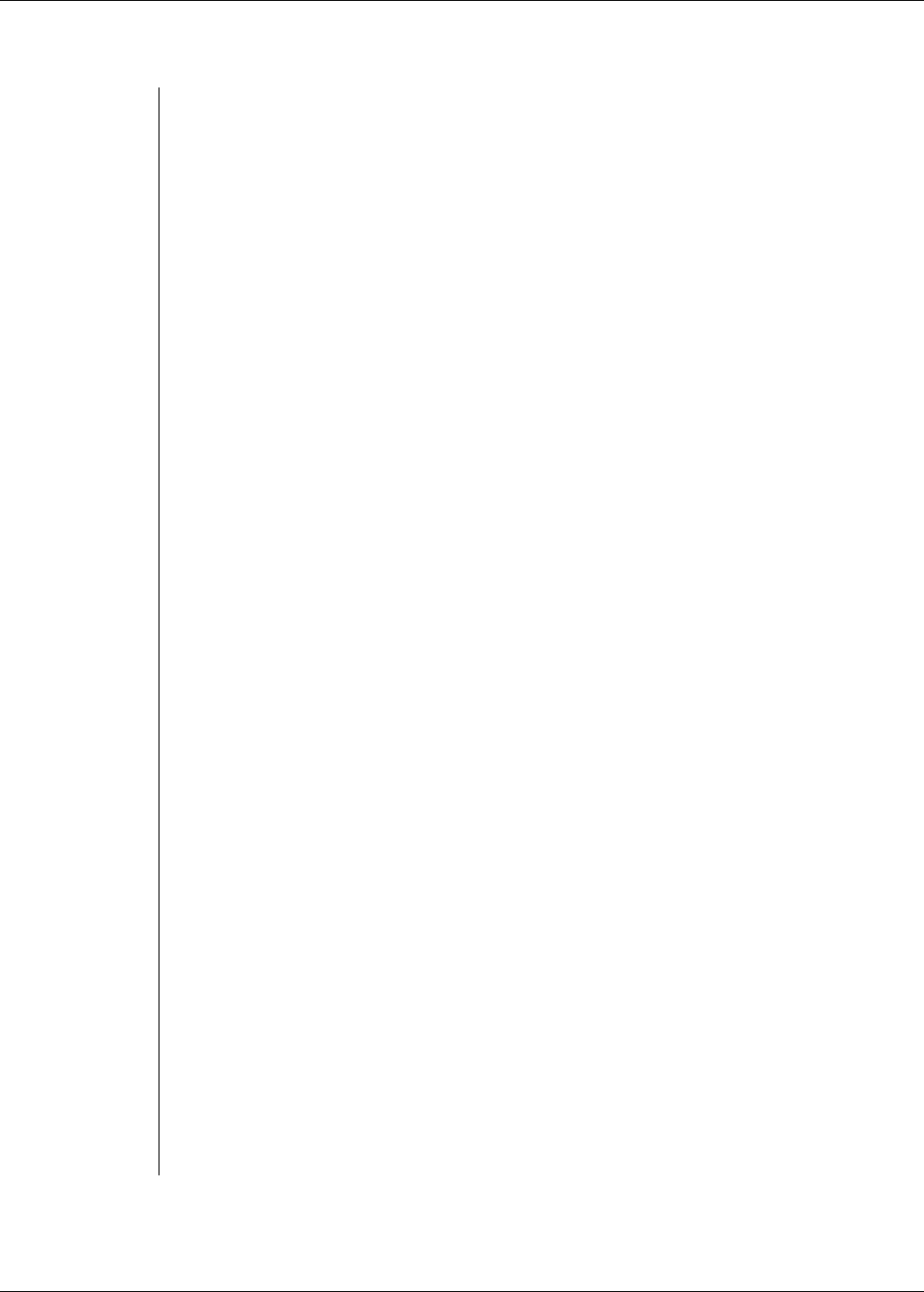
Tips for Success
18022 Cowan ● Suite 255 ● Irvine, CA 92614 ● (888) 432-0261 ● Fax (949) 266-8816 ● www.outlook-associates.com
Medical Chart Conversion
Converting your practice to an Electronic Health Record (“EHR”) system provides significant clinical and
operational benefits. The road to that success, however, can appear somewhat daunting, especially when
you contemplate the numerous shelves of charts within your medical records filing room. Medical chart
conversion need not be approached with foreboding. Consider this as the perfect opportunity to organize
key patient data, free up storage space, eliminate most, if not all, medical filing and forever stop the
searches for missing charts. The following information and tips can help you plan for and successfully
achieve your migration from paper to electronic records.
Chart Conversion Options
Several excellent methods exist for migrating paper charts to EHR. The best method for your specific
practice depends on your plans for initial and longer term use of your EHR system. The following
summarizes the leading methods, implications, and benefits of each approach:
Manual Entry
Manual entry of information contained within paper medical records involves
abstracting key data from charts and directly entering it manually into screens within
the EHR system. Although the manual entry approach to chart conversion is more
time-consuming and costly, the advantages in terms of rapid access to data and full
use of EHR capabilities from the first day of live EHR use are considerable. Pre-
entering specific historical and current patient care information into the EHR system
allows a practice to take immediate advantage of the many reminder, interaction, and
data update features provided within the new system. Access to this pre-entered
data will allow most patient visits to be handled from the outset without need to
access paper charts. Entered data can be trended, downloaded, and analyzed for
care management and outcomes reporting.
Scanning
Scanning is a relatively simple method for capturing electronic images of paper
documents and storing them for reference via on-line screens. While scanning
supports the efficient capture of paper chart information for viewing within the new
EHR system, scanning stores the data as images rather than discrete data elements,
which limits its use to the clinicians. Scanned documents cannot be easily searched,
and the data within scanned documents cannot be referenced for use with new EHR
advisory/interaction capabilities, downloaded for analysis or reporting, nor trended for
longitudinal study. Scanning simply replaces paper charts with images of paper
charts that are more readily accessible.
Electronic
Conversion
Electronic conversion provides a purely automated process for capturing data
elements from another disparate system and electronically loading it into the EHR
system. Electronic conversion expedites the loading of a large volume of historical
data efficiently and accurately. As with the manual entry method, electronic
conversions allow a practice to take immediate advantage of the many reminder,
interaction and update features provided in the new system. Electronic conversion
also provides for all the other benefits of manual entry including the trending and
analysis of data for care management and outcomes reporting without the manual
effort of physically entering the data and with less risk of data errors.

Tips for Success - Medical Chart Conversion
© OUTLOOK ASSOCIATES, LLC Page 2 of 3
Hybrid
Approach
Most practices choose a hybrid or blended approach for converting paper medical
charts to their new EHR systems. Critical data required to support remote clinical
decisions or as triggers for EHR care reminder or interaction warnings (e.g.,
immunization history, allergies, medications, chronic diagnoses, etc.), are abstracted
and entered directly into EHR patient records. Those that typically include electronic
conversion are the system that are providing the practice interfaces with the
implementation of the EHR (e.g. laboratory history, patients from the practice
management system). Other supporting documents or summaries are scanned and
linked to the electronic patient record for viewing access, if needed.
How Much History?
Before beginning any medical chart conversion effort, it is very important to clearly delineate between
active patients and those no longer likely to seek care within the practice. Each practice (depending on
its specialty, patient traits and visit patterns, and other practice characteristics) will have varying criteria
related to the period of patient inactivity that establishes a low probability of a patient returning for
services. Typically, a period of 18 – 24 months of inactivity is used for establishing inactive patients.
Records for these patients should be purged from file rooms and archived in storage prior to medical
chart conversion planning. This archiving will not only provide all involved with a great sense of
accomplishment, but will also help you to establish far more precise volume estimates for conversion
activities. Most of these charts, however, will not be needed in the future and your practice can avoid
the expense and effort of converting these records. Should a historical patient return for care, the
paper chart can be retrieved from archive and converted at that time.
For active patient medical charts, your clinicians will need to establish how far back in time patient care
data is relevant to current care, and how often they refer back to treatment, diagnosis, and other
information that is over 2 to 3 years old. Typically clinicians request access to the following information:
Current Diagnoses
Chronic Conditions
Current Lab/Test
Results
Vital Signs
Current Medications
Past Surgeries or Severe
Illnesses
Current Referrals
Preventative Health
Maintenance
Current Treatments
Significant Family Medical
History
Allergies & Sensitivities
The data needed for each active patient can be abstracted from the full medical chart data and either
scanned as an initial summary document for reference or directly data entered into the patient record
within the EHR. Supplemental historical data can also be scanned into the record, if needed. It is
always possible to go back to the paper records to scan or enter more information if your clinicians
continue to need access to paper records for patient treatment, but most practices find that they can
quickly eliminate reference to paper charts within the first one to two months of EHR use.

Tips for Success - Medical Chart Conversion
© OUTLOOK ASSOCIATES, LLC Page 3 of 3
Conversion Support
Vendor
Most EHR vendors offer scanning support for medical chart conversion, either directly
or via third party relationships. Costs for chart conversion are typically not included in
the implementation support quote from your vendor and need to be established and
negotiated separately.
Group Effort
Many practices choose to tackle the chart conversion process with their own
resources, especially when choosing to electronically enter medical record
information into the new system. While this approach places a heavier work burden
on operational and clinical staff and may increase the cost of conversion due to
overtime and incentive pay requirements, it does allow all staff within the practice to
gain valuable experience with the new system as they enter historical chart data.
This internal approach also supports clearer, more consistent translation and coding
of data as clinicians and staff work together to standardize data classifications,
mnemonics and other data within the practice. A final benefit of this approach is that
it supports a gradual schedule of medical chart conversion. Maintaining updates to
conversion data prior to “live” clinical EHR charting is more easily accomplished with
staff already familiar with the system and the converted data.
Temporary
Staff
Temporary staffing is often employed to support either scanning or electronic entry of
historical chart data to reduce the burden on operational and clinical staff within the
practice. The skill level requirements of temporary staff, however, should not be
minimized. For document scanning, reduced skill levels can be accommodated if
strong oversight is provided and good random audits of scanning quality are put in
place. For data entry conversion, however, skilled abstractors are needed along with
a well planned clinical validation process to ensure data accuracy. While housing
temporary staff within the practice during conversion allows for more direct
supervision and quality control, it often places an extra challenge of crowding on a
busy practice together with many other EHR conversion challenges. The burden of
moving charts and remote oversight should be weighed against the space challenges
of your practice.
Outsource
Firm
As with temporary staffing, the use of an outsourced firm for historical chart
conversion is a common approach for many provider practices. Since these firms are
dependent on client references and industry reputation for their livelihoods, the skills
and quality control processes in place are typically far stronger than with individual
temporary staffing resources. You will want to verify abstractor qualifications if you
plan to use the firm for either abstracting records for your own data entry or for their
direct abstracting and entry of data into the new EHR system.
Hybrid
Approach
A blend of these support approaches is often the best for most practices. It is
recommended you’re your practices begin with an internal conversion effort to help
fully define the data, coding, mnemonics and other classifications that meet your
specific clinical needs. Once proven procedures for data abstraction are established,
your practice may wish to either outsource or employ temporary resources to enter
data for the remaining patient charts. You may wish to seek the support of your EHR
vendor or another outsource firm to assist you with bulk scanning and indexing of the
remaining chart data your practice wishes to access within the system.
